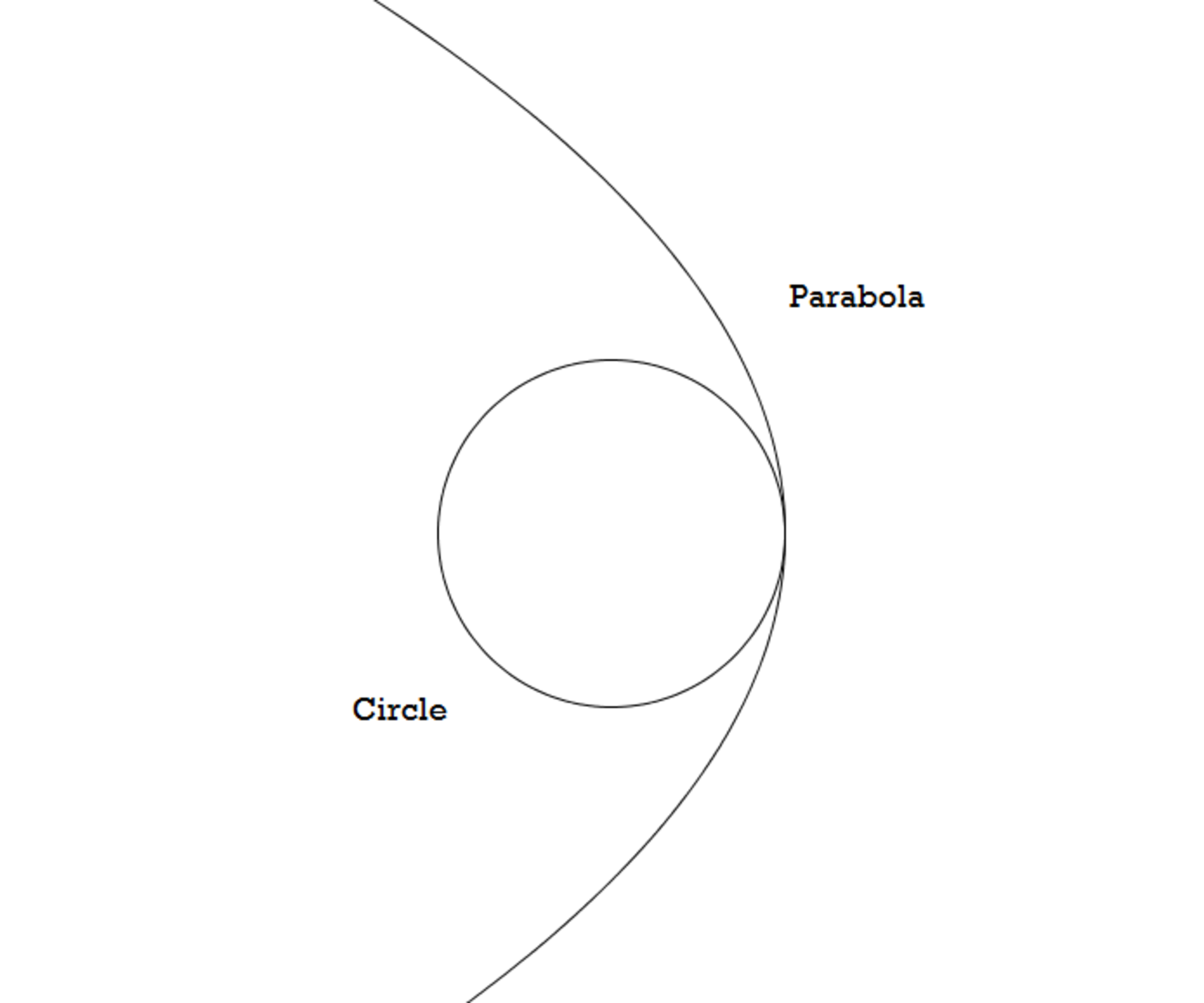Escape Orbit is On

At a certain height ( ) from the surface of the earth, a spacecraft Rosetta orbits the earth in circular orbit with ).
Meanwhile, at the surface of the earth, the ground control(for some reason) want to bring Rosetta, escape from its orbit around the earth(somewhere beyond the earth).
Find the approximated minimum impulse in Ns that Rosetta needs to exert to escape from its orbit around the earth!
Details and Assumptions
- Gravitational constant .
- Mass of the earth .
- Mass of Rosetta .
- Radius of the earth .
- Neglect the gravity from other celestial objects.
- Consider the two objects as two point of masses.
- Neglect the change of m when Rosetta exerting impulse.
This section requires Javascript.
You are seeing this because something didn't load right. We suggest you, (a) try
refreshing the page, (b) enabling javascript if it is disabled on your browser and,
finally, (c)
loading the
non-javascript version of this page
. We're sorry about the hassle.
First, let's begin with
I = m × Δ v …(1) , Where I is the impulse that Rosetta needs to exert.
Now, find the escape velocity at Rosetta’s orbit
v e s c = ( r 2 G M ) 2 1 , Where r = R + h
*Notice that v e s c orbit will be equals to v e s c at the surface of the earth if r = R or h = 0
v e s c = ( 6 3 7 0 × 1 0 3 + 3 6 3 0 × 1 0 3 2 × 6 . 6 7 × 1 0 − 1 1 × 6 × 1 0 2 4 ) 2 1
v e s c ≈ 8 9 4 6 . 5
*if you want to make it faster, I put the true v o r b in the data, just use the relation between v o r b and v e s c v e s c = 2 × v o r b *which will give us the same value as the calculation above.
Since Rosetta has initial velocity, hence Δ v = v e s c − v o r b …(2)
Then, from equation (1) and equation (2), we get
I = m ( v e s c − v o r b )
I ≈ 5 × 1 0 3 ( 8 9 4 6 . 5 − 6 3 2 6 )
I ≈ 1 3 1 0 2 5 0 0 Ns
The closest answer is 1 3 1 1 × 1 0 4 Ns